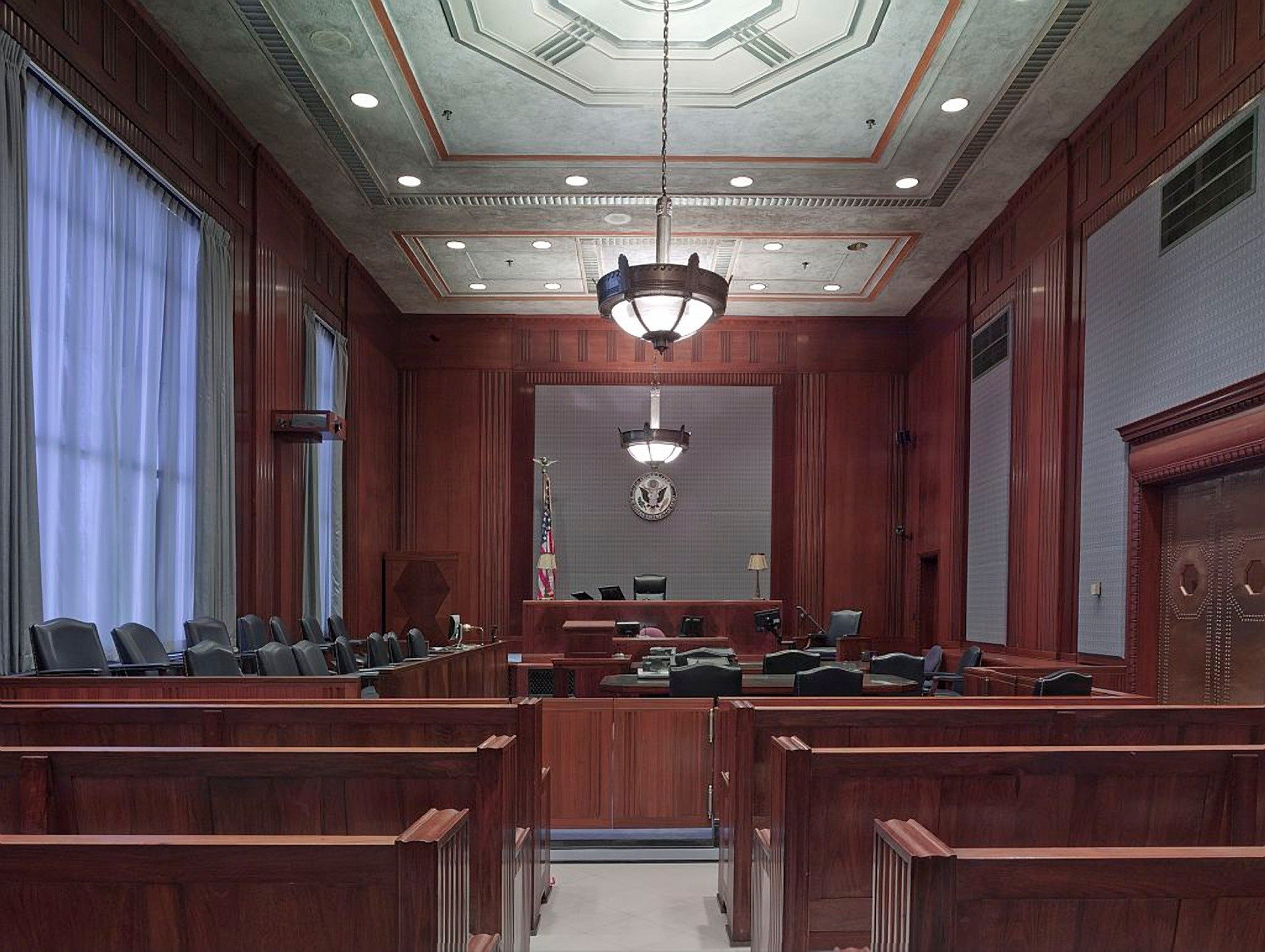

This month, we have been focusing on different types of dispute resolution. Here at The Cromeens Law Firm, we are not only focused on providing results-driven representation, but also cost-effective solutions. We want to help our clients prevent costly legal fees upfront by educating them and helping them build strong and thorough contracts and subcontracts. Usually, informal dispute resolution or mediation can be less expensive. Still, depending on the circumstances, sometimes litigation is necessary to resolve the dispute.
Litigation is a dispute resolution process in which parties seek a resolution to be determined by a trier of fact, i.e., a judge or a jury. Parties enter the litigation process by filing a petition in a court of competent jurisdiction, which means you will file the petition in the court that best applies to the matter of the dispute. For example, is it a civil or criminal case? Is it something that can be handled in the district court, county court, or does it involve the federal court? Filing a petition is generally done through an attorney for the party who initially seeks a remedy from the court. However, parties are permitted to represent themselves individually, but cannot represent their company. The petition is the document that begins the litigation process, and it outlines all of the claims of the party initiating suit, referred to as the Plaintiff.
Once the Plaintiff has filed the petition, the court issues a citation to be served on the party complained of, referred to as the Defendant. This is called service of process, and it consists of formally providing the Defendant with the petition and a notice from the court that they have been sued, are subject to the court’s jurisdiction, and are required to provide a response within the time prescribed by law. In Texas, the time prescribed by law is no later than the first Monday after the expiration of 20 days.
Once a Defendant has been served with process, it is imperative that they file a response within the timeline prescribed by law, as failure to do so could result in a default judgment being taken out against them. If you have been served with a lawsuit, please contact a litigation attorney immediately. The Defendant’s answer generally consists of a denial and an assertion of various defenses. These two documents, the Plaintiff’s petition, and the Defendant’s answer make up the subject matter of the litigation. The petition and the answer can also be changed throughout the course of litigation.
Once these two documents have been filed, the discovery process may begin. This is where each party gets the opportunity to request written answers, depositions, and the production of documents and tangible things that support their claims or defenses. The discovery process can be lengthy and expensive as a lot of attorney time is spent drafting various case-specific requests and reviewing lengthy responses and large document production from opposing parties.
Discovery is an essential part of the litigation process as the rules of discovery are complicated, and this process should not be undertaken without the benefit of legal counsel. Discovery generally lasts until just 30 days prior to the trial. At the end of the discovery process, each party should be completely aware of what documents and witnesses exist to support the claims or defenses made and should be able to make a reasonable determination of the dispute. As the Texas courts promote alternative dispute resolution, many of the Texas courts require that the parties attend a court-ordered mediation prior to being permitted to have a trial. Depending on the Court, an order for mediation can be issued almost immediately, upon request of either party, or right before trial. If the parties are unable to reach a resolution through mediation, the case will advance to trial.
During the trial, both parties are permitted to present evidence and witnesses in an effort to prove up their claims or defenses. Depending on the requests of the parties, a jury or a judge may determine the case. The trial process is very costly to both sides as numerous attorney hours are spent reviewing facts, witness statements, and preparing legal arguments. Texas courts generally go by the “American Rule” when it comes to attorney fees, which means that in most cases, each party is responsible for paying their own attorney’s fees regardless of the outcome. However, specific claims for relief and certain clauses in your contract can permit you to recover your attorney’s fees in the event you prevail.
There is one more main dispute resolution process, and that is arbitration. We will discuss arbitration and arbitration clauses in construction contracts and subcontracts in our next blog.
This blog is part of our 2020 Mastering the Subcontract series. Come back each week as we deep dive and pull apart everything you need to know about a subcontract.
Karalynn Cromeens is the Owner and Managing Partner of The Cromeens Law Firm, PLLC, with over 17 years of experience in construction, real estate, and business law. A published author and passionate advocate for contractors, she has dedicated her career to protecting the businesses her clients have built. Karalynn is on a mission to educate subcontractors on their legal rights, which inspired her books Quit Getting Screwed and Quit Getting Stiffed, as well as her podcast and The Subcontractor Institute.

